Author: Manu Muralee
Country: India
I started my journey to Nanyang at the end of June 2010. In Singapore, the cab
driver could immediately pick up the cue “Nanyang” and we set forth towards the
school. I collected my room keys to my hostel in Nanyang Valley. It was a very well
furnished apartment with all amenities shared by seven of us. Guess what, the seven
of us come from seven different countries!!
After the Youth Olympic Games finishes, (the athletes are also staying in the
university and occupying some hostel space), we will be moving to the Graduate Hall.
Our induction week started with very inspiring speeches given by our Admissions
Director, Nick (you might bump into him at the cafeteria) and the Associate Dean,
A/P Chung Lai Hong. We were delighted to hear that we had peers from 27 different
countries with an average experience of 5.7 years (a mini UN indeed!!), even more
delighted to hear that the school was providing us a Sony e-reader each, as part
of our welcome kit.
The next day all of us future leaders piled into 2 buses very early in the morning. Our
destination was a beach resort at Changi. The day started and ended with a lot of
fun and team building activities. All of us were trained to manoeuvre a Dragon boat
and we even had a Dragon boat race. It was really tiring but a unique experience for
all of us.
Back in school and business suits, we had our first industry networking activity, with
a Welcome Dinner, the next night. We were all excited to see recruiters from many big
names in Singapore. Our career counsellors were busy connecting us to the right
people throughout the function.
We were all looking forward to our classes the next week. Most of us have no more
than 3 hours of classes a day. The experiential knowledge of the class was just great.
We had experts from different industries giving us their views on different topics.
The professors also encouraged out-of-the-box thinking and class participation.
Yes of course, there are no free lunches; we saw it slowly piling up…the assignments!
We were split into groups (a different group for every course). Co-ordinating and
scheduling these group discussions is indeed a task that could sometimes be more
difficult than the assignment itself! But, preparing it as a group is preparing yourself to be a true team player.
To summarize, our experience so far at an ‘Ivy League’ business school in Asia, there
has never been a moment that was not fun or not a learning experience. I
am definitely looking forward to the next 16 months!

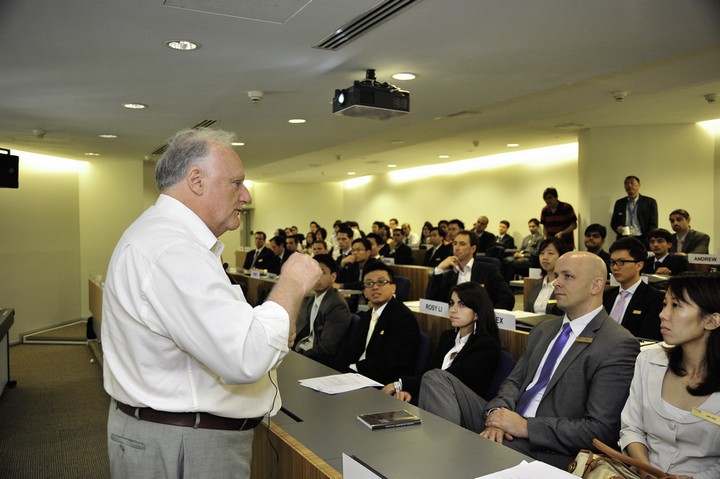
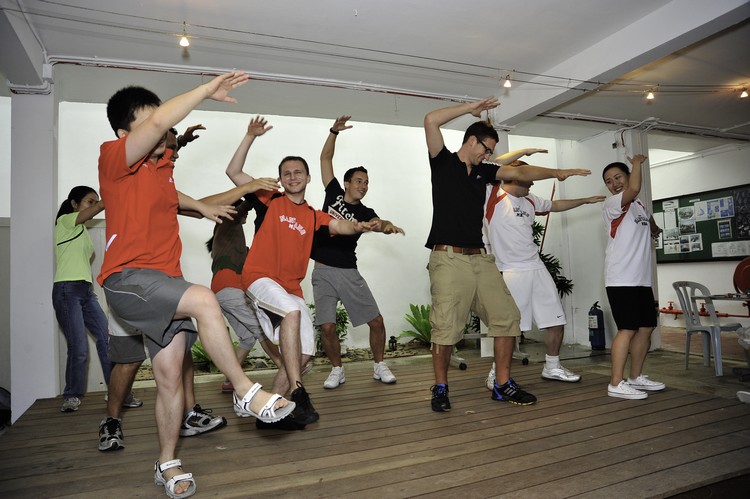

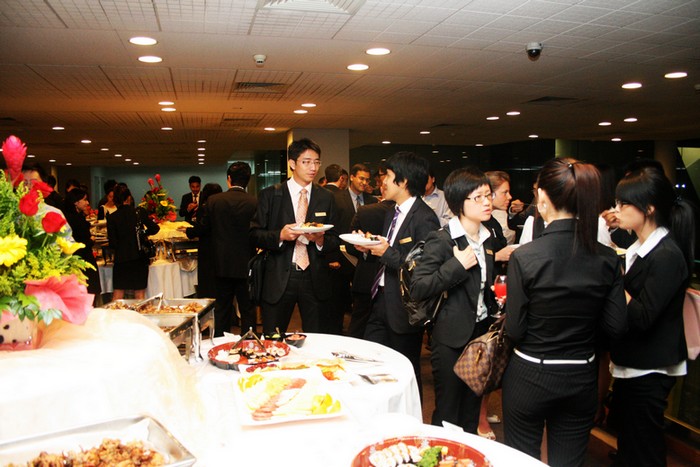
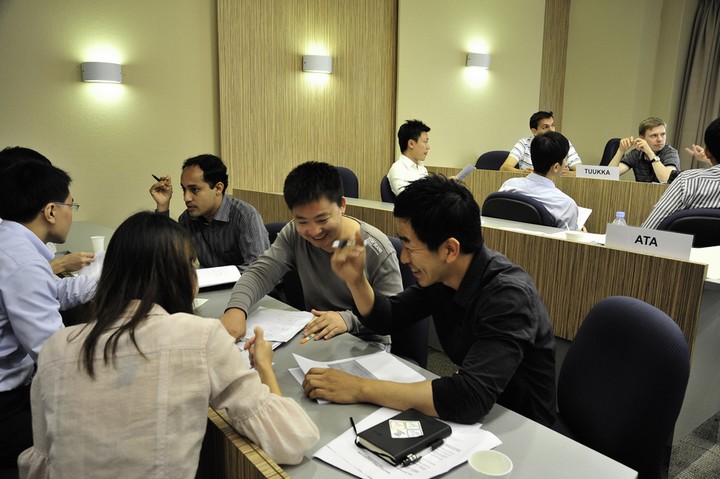















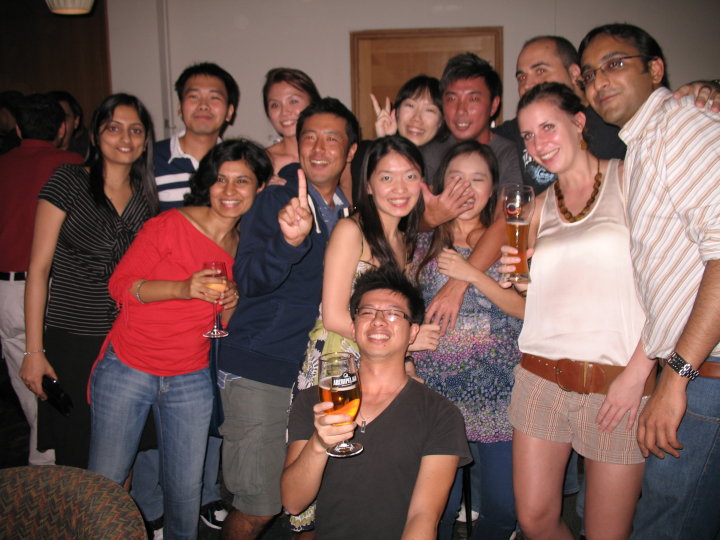



You must be logged in to post a comment.